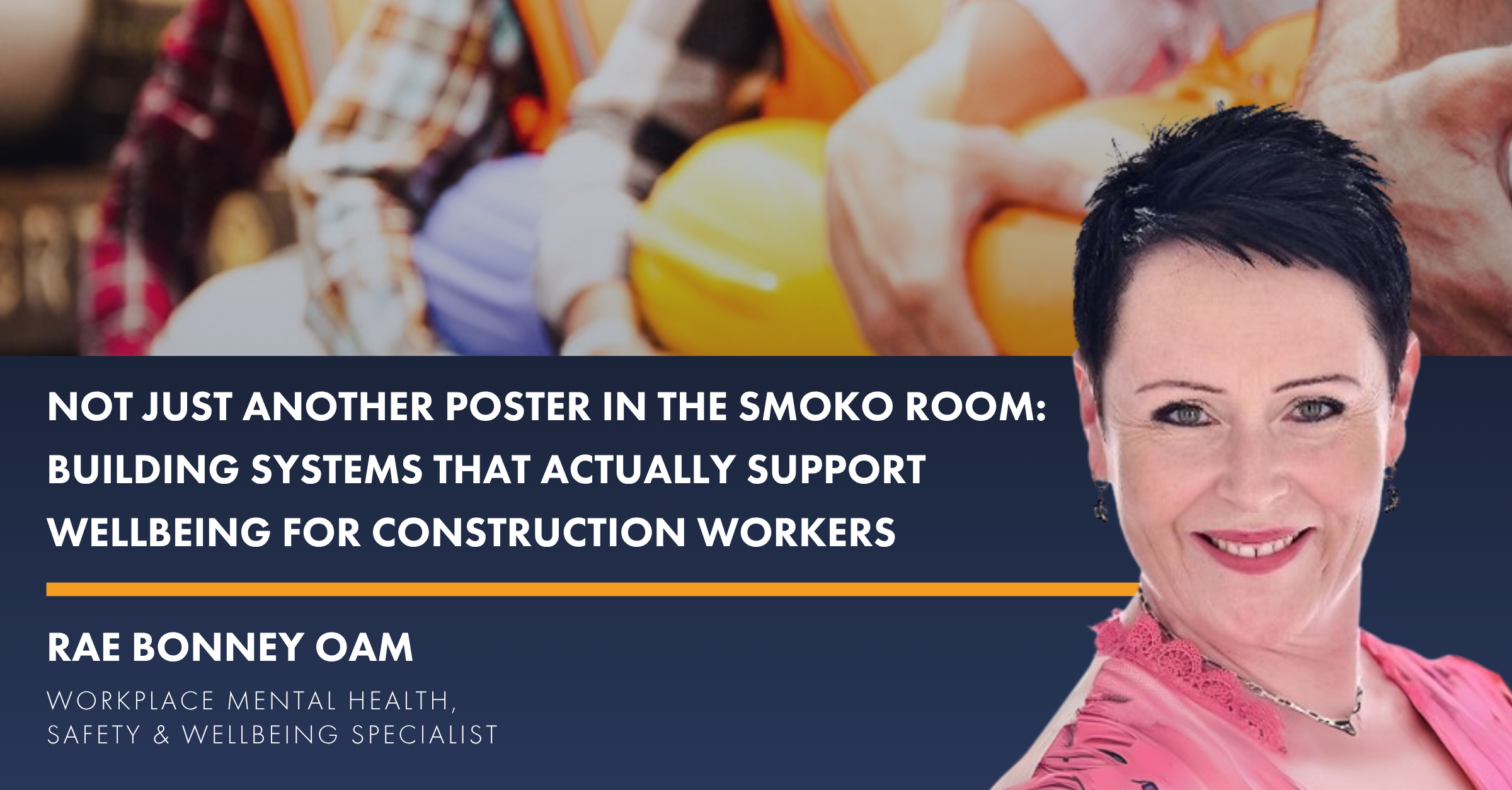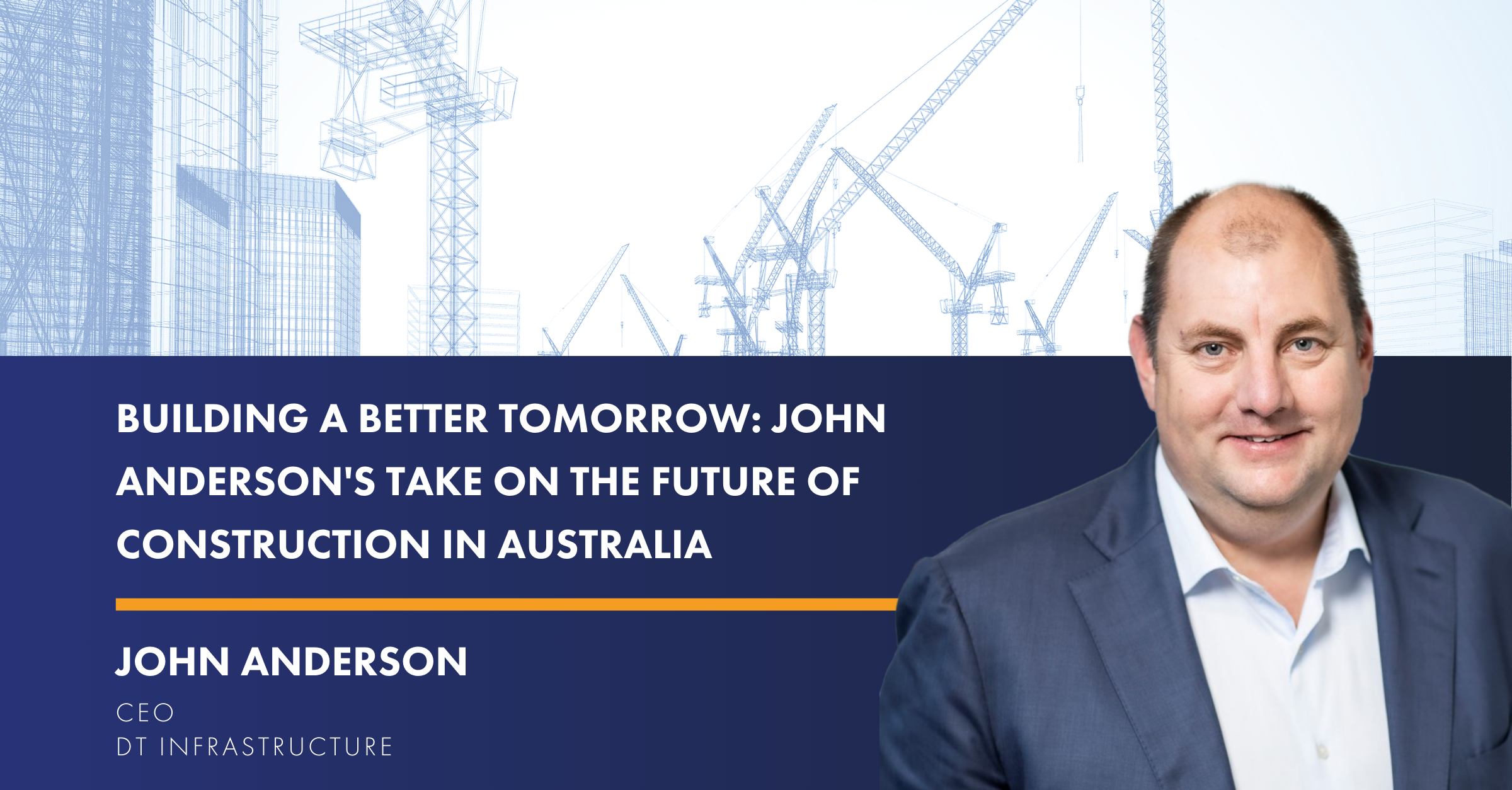Experts examine the outlook for Build to Rent in Australia
A panel of experts offer their analyses and outlook on the Build to Rent sector – and Living Sectors – in Australia.
In the lead up to the vital Living Sectors Summit in Sydney on 12 to 13 November 2024, we aim to examine how fundamental shifts in the residential market are changing the investment outlook for Build to Rent in Australia – and the role the sector plays in the housing industry.
With major tax changes for the sector soon to be in place, financing under the Housing Australia Future Fund available and fundamental reforms to the state’s planning system coming into effect, are the prospects for Build to Rent projects now better than ever?
Our panel of experts discuss how these factors and other fundamental shifts in the residential market, are changing the investment outlook for Build to Rent in Australia and the opportunities ahead for market participants looking to take advantage of this emerging asset class.
Given the supply/demand imbalance, population growth and affordability issues with buying a home, demand for rental properties has increased – with the rental sector experiencing growth that has outperformed other asset classes.
Brookfield’s Senior Vice President, Real Estate, Pretar Harris explains the benefits of Build to Rent for customers.
“Brookfield has a US$19bn Build to Rent portfolio across the United States, Canada, Europe, China and Brazil.”
“In the living sector, institutional investment can bring benefits like a clear duty of care to customers, security of tenure, ongoing capex investment to ensure a minimum level of quality, and respectful service. As this is largely missing from Australia’s fragmented rental market, institutional investment could bring real and meaningful change to Australia’s current housing crises.” Pretar Caroline Harris, Senior Vice President, Real Estate, Brookfield.
Affordability is an issue and BTR has a role to play.
“Australia is currently grappling with a significant affordability crisis. Property prices have soared, and the demand for rental housing has outstripped supply, pushing rents higher and making it increasingly difficult for many people to find affordable housing. The introduction and expansion of the Build to Rent sector can play a pivotal role in addressing these challenges by providing a steady supply of high-quality rental accommodation.” Adrian Harrington.
Higher construction costs and the uncertainty over the interest rate cycle has caused some hesitation amongst investors and developers to move ahead with Build to Rent developments. This has presented a slowdown in projects coming forward.
“The Build to Rent market in Australia remains active, with several new schemes coming online from those established groups who have grown pipelines over the past four to five years. However, progress over the past 12 months has been slower than expected because developers are cautious in initiating new developments in the midst of uncertainty over the interest rate cycle and the effect it has had in raising cap rates in other core markets such as the US, UK and Europe. Other challenges, including construction costs, are also contributing to a slowdown in commencement of new projects.” Tim Holtsbaum, Australia’s Head of Alternatives, Knight Frank.
Echoing Tim, there are Build to Rent schemes either operational, under construction or in planning. Mirvac is one example of a company building large scale Build to Rent schemes in Sydney and Melbourne, through its operating brand – LIV.
“Mirvac is a pioneer of Build to Rent at scale in Australia, through the LIV brand, with two stabilised operational assets (LIV Indigo in Sydney and LIV Munro in Melbourne), and three others under construction. With ~$1.2bn in Build to Rent properties currently under construction nationally and a secured portfolio of ~2,200 Build to Rent apartments, Mirvac’s $1.8bn Build to Rent venture has ~870 apartments set for completion in 2024.” Angela Buckley, Mirvac.
Alongside larger Build to Rent schemes such as Mirvac’s, Knight Frank expects to see smaller and mid-market schemes coming forward. This is crucial for the delivery of much needed housing at a faster pace, to meet the increasing demand for rental properties in the country.
We expect a stronger 2025 for Build to Rent with an increase in the number of schemes commencing underpinned by sustained rental growth, an easing in the cost of debt and stabilising construction costs.
“We also expect to see greater focus from both active capital and Build to Rent developers on smaller schemes of 200-300 units to help with speed to market, limit construction risk, minimise leasing up risk and drive the performance of the asset. In addition, it’s likely there will be more ‘mid-market’ schemes delivered in Sydney, Melbourne and Brisbane, with less amenity targeting higher, more secure income streams with less frequent turnover of tenants.” Tim Holtsbaum, Australia’s Head of Alternatives, Knight Frank.
Build to Rent plays a vital role in the overall housing landscape, however the sector has faced hurdles from the planning system, policies and tax.
Major tax changes for the Build to Rent sector will soon be in place, offering incentives to domestic and institutional Build to Rent investors. The hope is that these benefits will help support an increased pipeline and the delivery of more Build to Rent homes.
Governments at the federal, state, and local levels are increasingly recognising the essential role the Build to Rent sector can play in boosting the supply of high-quality rental housing. This recognition is driving significant shifts in tax and planning policies to make Build to Rent developments more financially attractive to both domestic and institutional investors.
“These policy changes include reductions in land tax, incentives for large-scale rental developments, a lower withholding tax rate for international investors, and other tax benefits that decrease the overall cost of developing and operating Build to Rent properties. Additionally, fundamental reforms to the planning system aim to streamline approval processes, reduce bureaucratic hurdles, and expedite project timelines. These changes not only facilitate the initiation of Build to Rent projects, but also lower the costs and risks associated with the development process.” Adrian Harrington.
With the major tax changes for the sector soon to be in place, financing under the Housing Australia Future Fund available, and fundamental reforms to the state’s planning system coming into effect, is this enough to support the delivery of Build to Rent homes?
The role the Government is looking to play in the facilitation of the Build to Rent sector is a positive one. However, based on some preliminary feedback and discussions on the proposed changes to MIT treatment, more work is required to ensure that any new legislation has a material and positive impact on closing the shortfall in housing.
“The growth of the market could be accelerated by the resolution of the debate on the treatment of Build to Rent within the MIT framework. The HAFF scheme is expected to deliver more affordable housing in Australia, which is positive. However, we need more clarity on how this incentive scheme will be rolled out over the coming years and which projects will be suitable and where capital will be allocated.” Tim Holtsbaum, Australia’s Head of Alternatives, Knight Frank.
From an investor perspective, there is a balanced requirement needed to deliver Build to Rent projects alongside stable returns. And although the sector is still nascent in Australia, Mirvac’s Angela Buckley highlights that it offers strong, reliable and resilient cash flows.
“Build to Rent can offer a stable income with high occupancy, minimal downtime and capex, diversified tenancy risk and it enjoys a strong customer proposition. The rental growth outlook is robust with attractive supply/demand fundamentals and typically higher inflation protection. The sector however is still emerging in Australia, and we acknowledge the impact of market headwinds on new developments and supply, such as labour shortages, cost of materials and policy impacts.” Angela Buckley, Mirvac.
Investment sentiment is echoed from the group of experts, who see a positive outlook and the benefits that Build to Rent homes present for residents. However, Adrian highlights that developers and investors need to navigate several challenges and rising funding costs in order to fully capitalise on this growing sector.
The several impediments – in particularly those related to tax and planning – are being addressed to stimulate the development of new Build to Rent projects, which create communities and offer security to residents.
The benefits of this tenure of housing for customers is clear, and both Tim and Pretar highlight that investment will expand into other Living Sectors, such as co-living, senior living and student accommodation.
“While the Build to Rent market has experienced a slowdown, we are seeing capital look to expand its exposure to the Living Sectors through alternate assets such as co-living, which typically produces higher returns while maintaining exposure to the same thematic as Build to Rent.” Tim Holtsbaum, Australia’s Head of Alternatives, Knight Frank.
“The Build to Rent sector is still nascent in Australia and current returns in the sector are below that of global risk adjusted returns. We currently see greater value in the seniors living and student accommodation sectors when it comes to playing the ‘housing’ thematic.” Pretar Caroline Harris, Senior Vice President, Real Estate, Brookfield.
Shape the future of living in Australia at the Living Sectors Summit, taking place on 12-13 November 2024 in Sydney.
Pretar Caroline Harris, Tim Holtsbaum, Angela Buckley and Adrian Harrington will be speaking at the Living Sectors Summit, a national conference, exhibition and networking event that encompasses the full life cycle of accommodation – social & affordable housing, build-to-rent, student housing and coliving.





